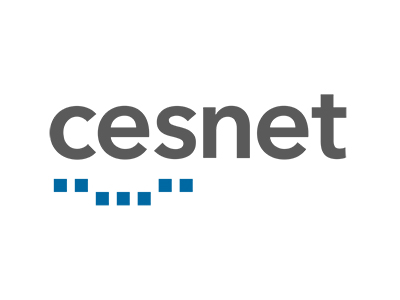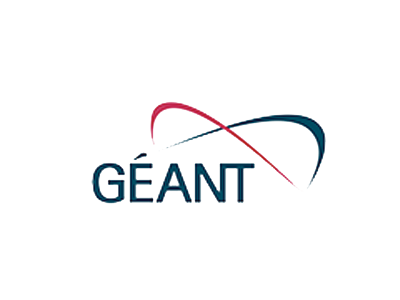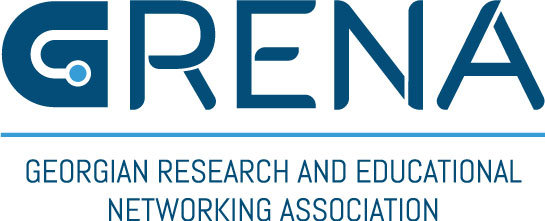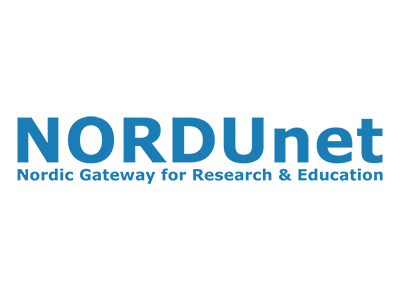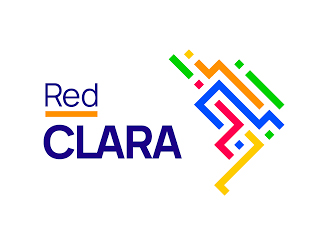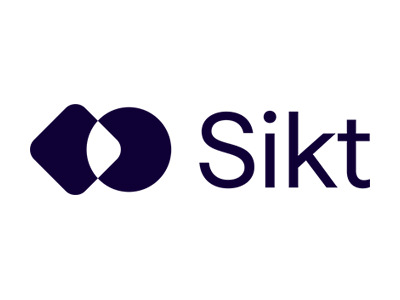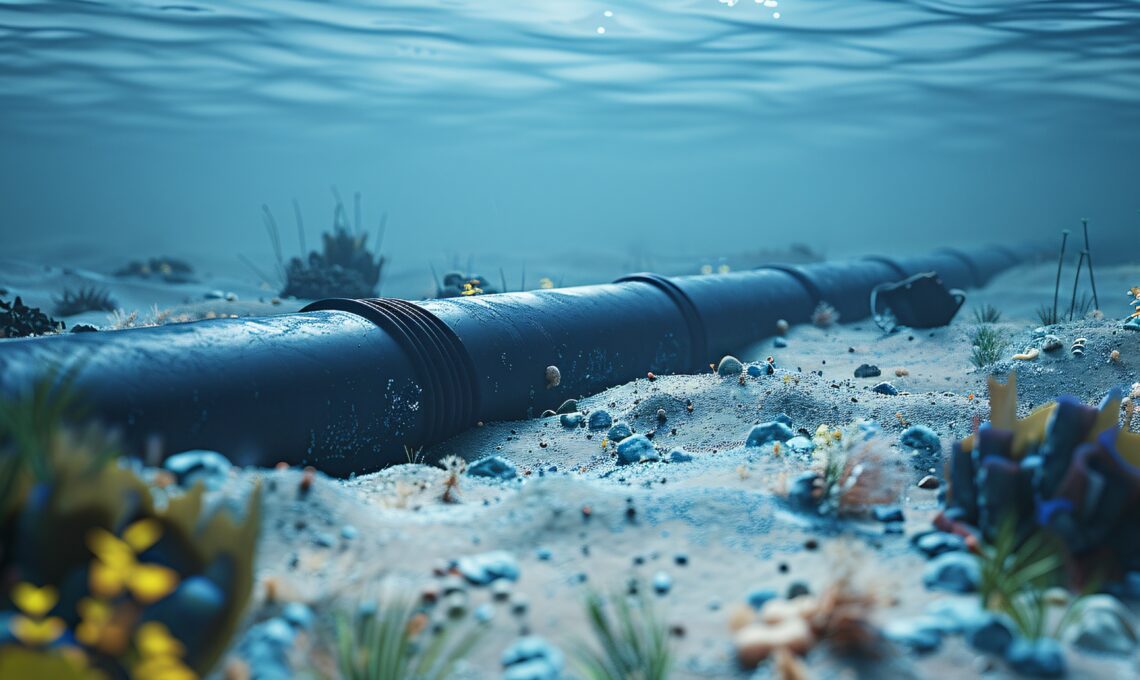
Subsea cable assists seismic research
In recent years, it has become clear that submarine optical fiber cables have a secondary purpose beyond transmitting large volumes of data: they can also function as sensors, providing valuable support to various scientific fields.
One of the first practical examples is seen at the cable landing station in Praia Formosa, Madeira Island, Portugal. Seismic monitoring technology has been installed at the station which has now picked up its first accounts of seismic activity. Thus, seismologists have now obtained a new tool in their efforts to understand events in the underground. Ultimately, this will lead to better chances of predicting earthquakes and tsunamis.
The project is part of SUBMERSE which is a European Union funded project supported by 24 partners, including different Research and Education Networks as RedCLARA, GÉANT, NORDUnet – to name a few.
Noise makes the cable vibrate
At the end of October 2023, the landing station at Madeira Island was equipped with distributed acoustic sensing (DAS) technology. DAS is reminiscent of a one-dimensional radar. An optical pulse is launched into the end of the fibre, and the backscattering taking place at different points through the fibre is measured. Sounds in the vicinity of a subsea cable – seismic noise, whales singing, a ship’s engine, etc. – will make the cable vibrate, and the vibrations translate into strain in the fibre which can be detected.
The DAS equipment, acquired by the Government of Madeira from Alcatel Submarine Networks, uses one fibre from the EllaLink submarine fiber cable to measure tiny deformations along the first 50 km of optical fibre.
Unlike measurements from traditional seismic stations which are far cruder, the DAS equipment allows measuring of seismic intervals of just one meter along the cable.
Similar projects at Svalbard and Rhodes
For now, the main challenges are related to the enormous volume of data and the need to develop algorithms that allow the detection of earthquakes in real time.
The instrumentation is part of a project managed by the Regional Agency for the Development of Investigation, Technology, and Innovation in Madeira and the Madeira Ocean Observatory where oceanographic data recorded by buoys and autonomous vessels are combined with DAS data to obtain a global vision of the underwater environment of Madeira Island.
Besides at Madeira, DAS equipment is installed at Svalbard (Norway) and Rhodes (Greece), also as part of the SUBMERSE project.
The text is inspired by the article “SUBMERSE partners in Portugal register first seismic activity on DAS equipment installed in Madeira” at the SUBMERSE project website.
For more information please contact our contributor(s):

